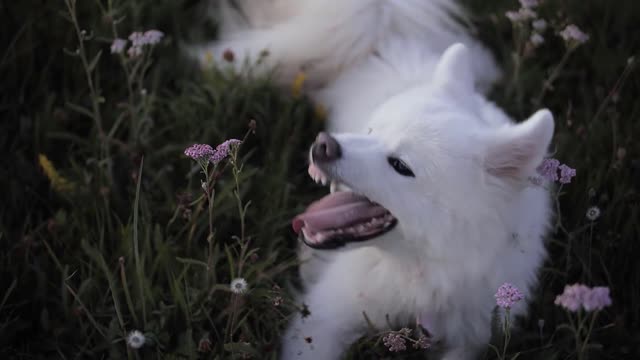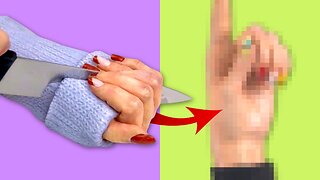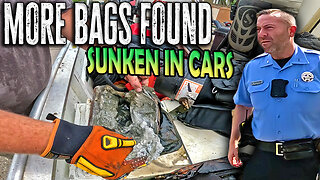Premium Only Content

Patellar dislocation in dogs.
Patellar dislocation in dogs.
Every guardian loves to see their pet happy and healthy, having fun, playing and running around. So when we notice that there is something wrong with the health of our four-legged child, it is common to be concerned! Among the most common problems among puppies is patella luxation.
The name is a bit complicated, but the problem is quite simple to understand: patella luxation is the dislocation of a bone in the knee, also called the patella. This is why the pet looks so uncomfortable when it is diagnosed with patellar luxation.
This displacement can occur to the outside of the leg (lateral), or to the inside (medial). Both cases can cause pain to the dog and predispose to other complications, and need veterinary attention as soon as possible!
Patella luxation in dogs can have different origins. Most of the time, it is a congenital issue: the dog is born predisposed to the problem, and presents symptoms after a certain age.
It can also occur due to beatings, falls or other traumas. It is more common in small-sized dogs, but can affect any pet. Among the breeds most likely to develop patella luxation are: Pug, Chihuahua, Dachshund, Pekingese, Poodle and Lhasa-Apso.
It is worth pointing out that larger dogs can also have the disease, especially when they are older and more fragile.
Patella luxation in dogs is classified into 4 different degrees, according to the severity of the problem:Degree 1 The vet is able to dislocate the patella from its place and it automatically returns to the correct location. Generally, the problem ends there, without further pain for the dog.
Grade 2 In this case, the palette keeps coming out and going back to the correct place. Usually, the dog has a frequent limp. Although the patella returns to its place, surgery is recommended to avoid pain and further problems.
Grade 3 In this case, the patella goes out of place permanently, and the help of a veterinarian is needed to put it back in the right place. Sometimes the dog also tries to align the patella by making movements with the paw.
Grade 4 More severe dislocation, in grade 4 the patella is permanently displaced, and not even with the manipulation of the veterinarian it is possible to put it back in the correct place. Only with patella surgery in dogs is it possible to alleviate the problem.
The treatment may vary according to the degree of dislocation, ranging from painkillers to surgery and physiotherapy. Anyway, the accompaniment of a reliable professional is always necessary.
After all, we all want to see our pets healthy and happy, playing and having fun, don't we?
-
 1:47:16
1:47:16
Tundra Tactical
6 hours agoGlock Interview From Beyond The Grave//Whats the Future of Home Training??
19.5K4 -
 DVR
DVR
BlackDiamondGunsandGear
5 hours agoEBT Apocalypse? / Snap Down SHTF / After Hours Armory
6.95K3 -
 14:05
14:05
Sideserf Cake Studio
16 hours ago $7.32 earnedHYPERREALISTIC HAND CAKE GLOW-UP (Old vs. New) 💅
32.2K5 -
 28:37
28:37
marcushouse
18 hours ago $2.64 earnedSpaceX Just Dropped the Biggest Starship Lander Update in Years! 🤯
11.5K5 -
 14:54
14:54
The Kevin Trudeau Show Limitless
3 days agoThe Hidden Force Running Your Life
81K15 -
 DVR
DVR
DLDAfterDark
5 hours agoIs The "SnapPocalypse" A Real Concern? Are You Prepared For SHTF? What Are Some Considerations?
9.43K6 -
 19:58
19:58
TampaAerialMedia
16 hours ago $0.32 earnedKEY LARGO - Florida Keys Part 1 - Snorkeling, Restaurants,
17.7K12 -
 1:23
1:23
Memology 101
2 days ago $0.83 earnedFar-left ghoul wants conservatives DEAD, warns Dems to get on board or THEY ARE NEXT
17K52 -
 3:27:27
3:27:27
SavageJayGatsby
6 hours ago🔥🌶️ Spicy Saturday – BITE Edition! 🌶️🔥
48.7K4 -
 26:09
26:09
Exploring With Nug
16 hours ago $11.02 earned13 Cold Cases in New Orleans What We Discovered Beneath the Surface!
47.5K17